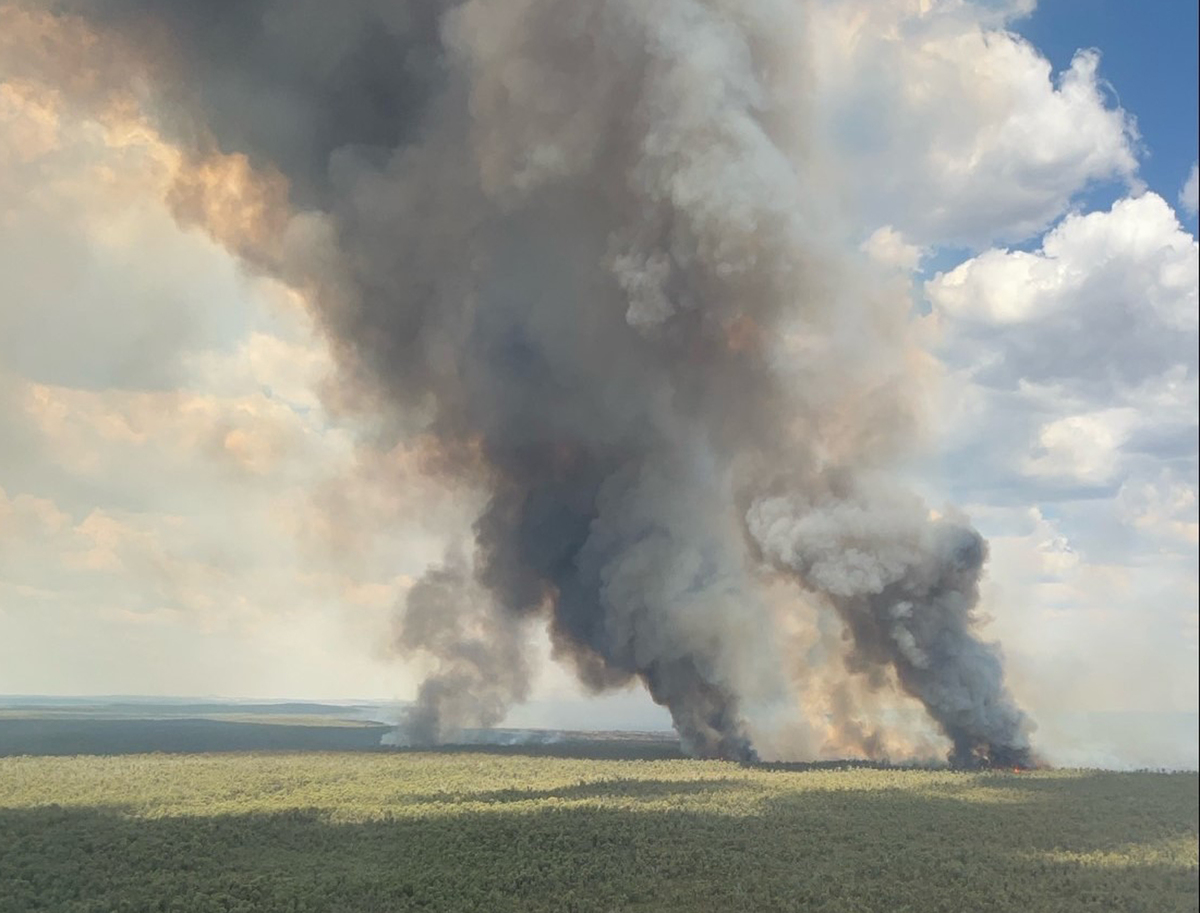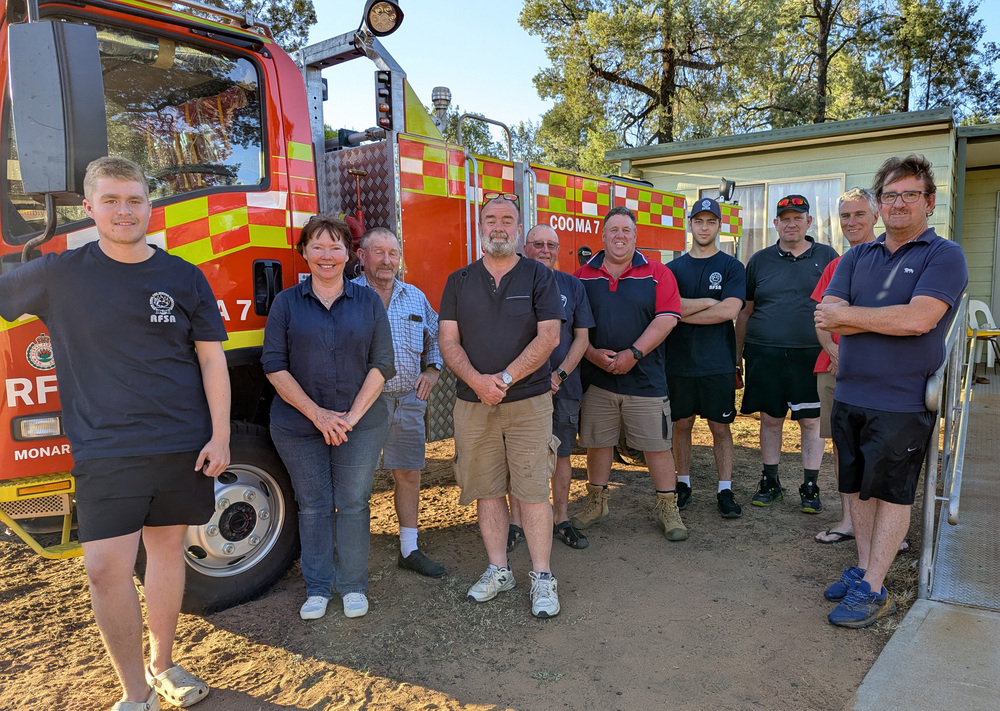RFS volunteers acknowledged for their value
Liz Cutts
17 March 2025, 8:30 PM
 The Sandstone Caves fire in the Pilliga Forest (Image; RFS).
The Sandstone Caves fire in the Pilliga Forest (Image; RFS).Relying on volunteers is not unique to Australia’s rural firefighting but dependence on them comes to the forefront when a large fire breaks out.
Local, regional and interstate volunteer firefighters were instrumental in battling the recent sandstone caves fire in the Pilliga Forest that burnt out 9,409 hectares and closing the Newell Highway between Coonabarabran and Narrabri for more than a week.
Incident Controller for the Castlereagh RFS Zone, Inspector Dez White says that more than 300 Rural Fire Service (RFS) volunteers, along with national parks firefighters, aviation specialists and heavy machinery operators were deployed to help battle the large blaze.
“Crews came from a range of brigades including Shoalhaven, the south coast, Queanbeyan, Cooma, Sydney, the Liverpool Range, as well as Gunnedah and neighbouring districts,” she said.
“When we manage a fire locally there are a few decisions to be made before it is turned into a Section 44, which was what this fire had become. The Section 44 declaration allows us to bring in all the external help; there are a lot of conversations on what resources we need and how we manage the volunteers and agency resources as well.
“There is always an emphasis on giving all the volunteers a good experience when they come to the country to help and being able to provide them with local accommodation, such as the Camp Cypress facility in Baradine, allows us to do that.
“We could not fight a fire on that scale without the help from volunteers. They answered the call quickly and came to our aid, which is really appreciated.”

Sixty of the RFS volunteers stayed in Baradine for four days with strike teams travelling out to fight the fire on rostered day and night shifts.
Snowy Monaro Group Officer, Brett Lees said the strike teams consisted of volunteers from the southern tablelands area surrounding Canberra, Goulburn, Yass, Crookwell, Monaro and from the far south coast down to Eden and the Riverina highlands.
“A request was put out through our area command last week for a deployment to the section 44 up here in the Warrumbungles,” he said. “You have local mobile crews that have been fighting the fire for a few days, this extra support allows them to take a well-earned break from near-constant fire response duties.
“Usually when we do these, deployments we end up in a base camp, which is just a huge, big tent with a stretcher and a sleeping bag. But the accommodation in Baradine gets a five-star rating from us! They've gone above and beyond for us considering that they were given just twenty-four hours’ notice of our arrival.
“We have members in our teams that are retired and those who have taken annual leave from their work to help out. We do it because we like to do it. There is great camaraderie amongst all of us; we have just gelled and become a team.”
The RFS says that the cause of the ignition of the Sandstone Caves fire is still under investigation and specialist fire investigators have been out in the field to locate the ignition point for preliminary reporting.

RFS volunteers during the clean-up after the Sandstone Caves fire. (image; RFS).
Members of the public are reminded that it is important to remain vigilant regarding bushfires, especially on days of high fire danger. Any unattended fires should be reported to triple zero and if there is a fire in the area, members of the public can stay up to date by using the Hazards Near Me app or by visiting the RFS website.